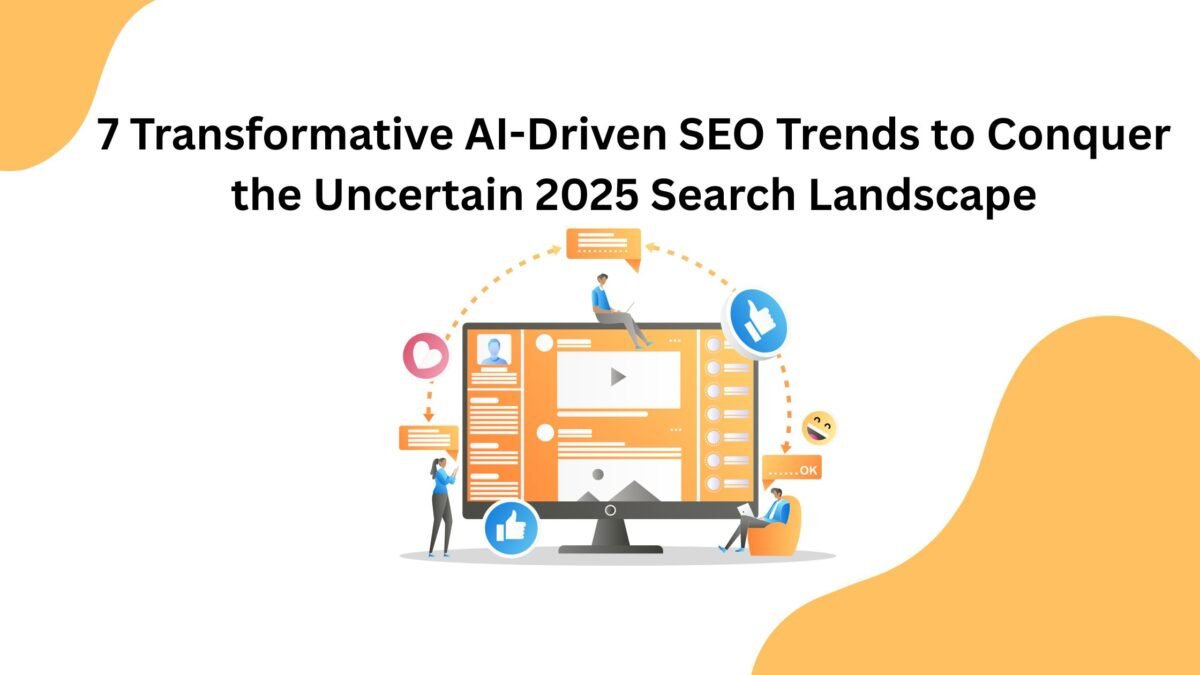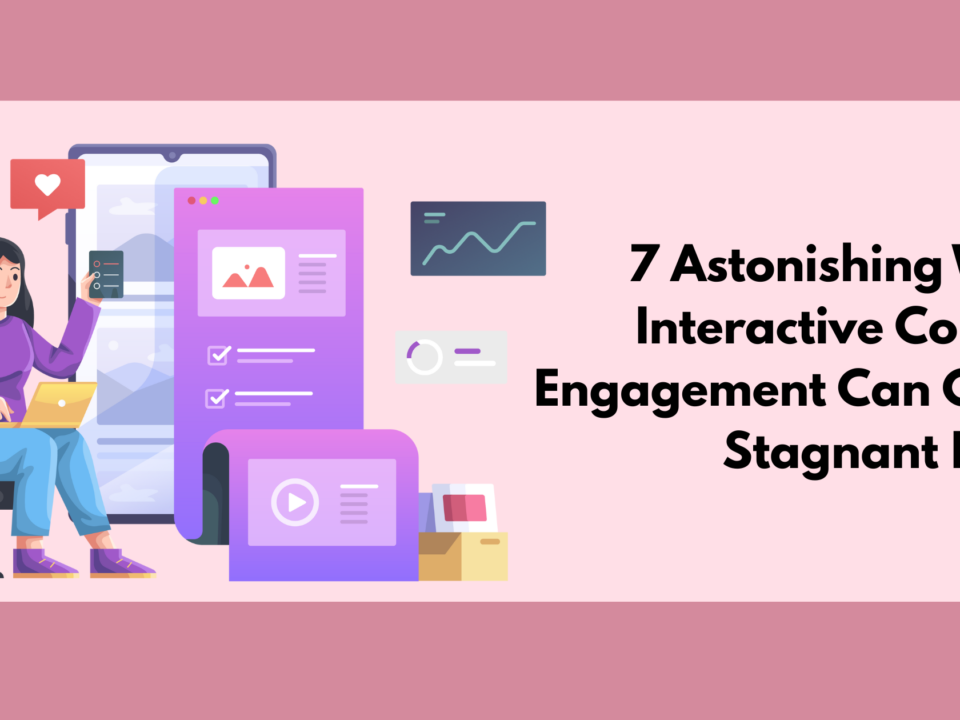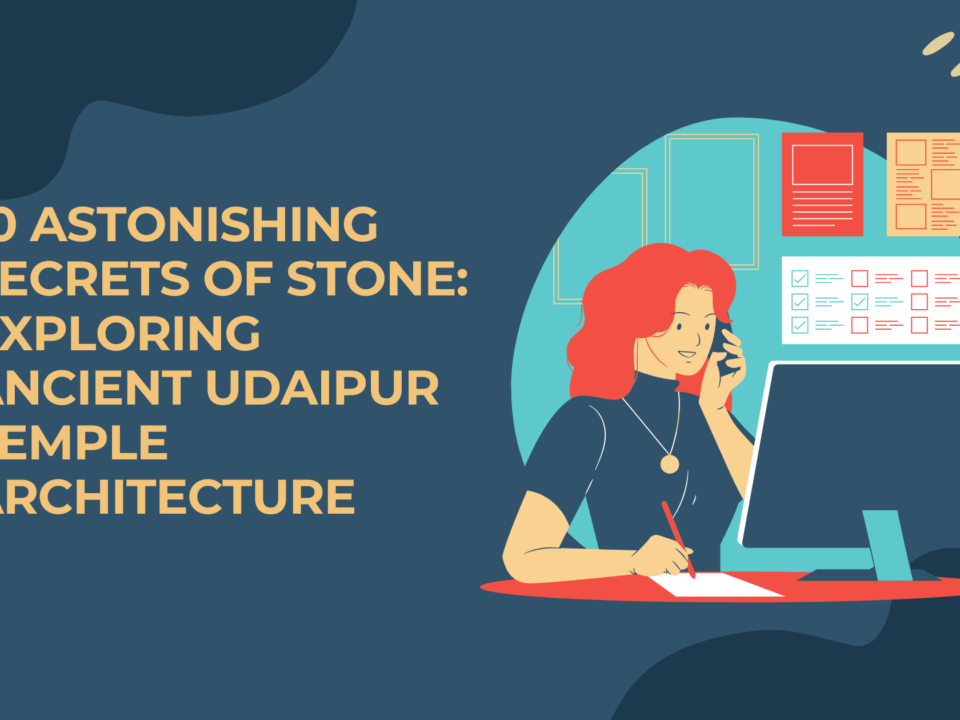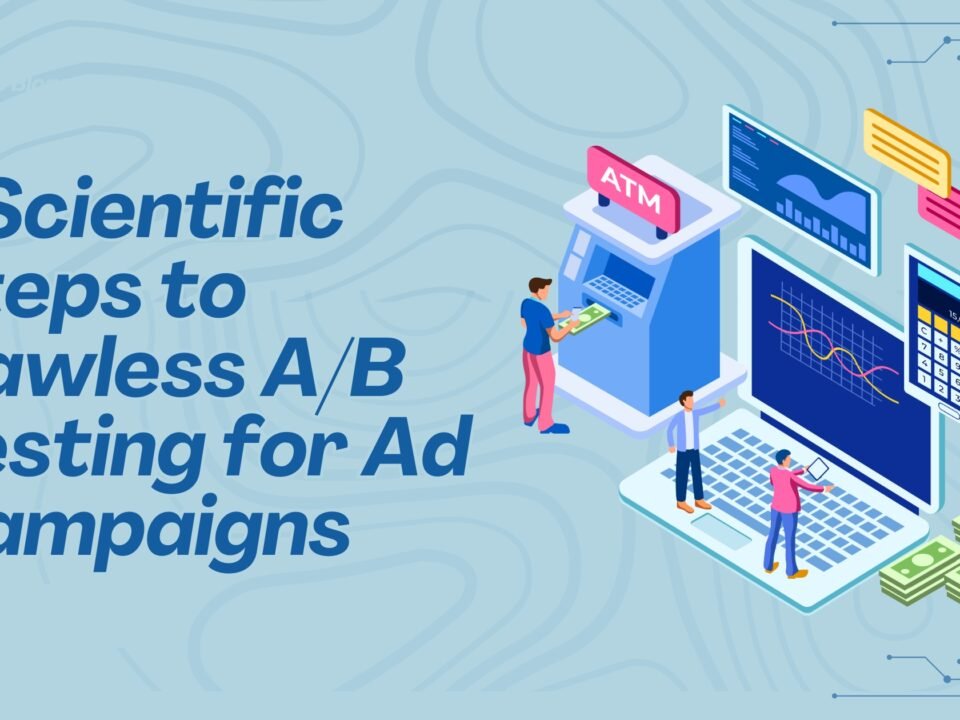
The world of search engine optimization (AI-Driven SEO) is undergoing a rapid, fundamental overhaul. For years, the mantra was simple: keywords, links, and speed. While those foundational elements still matter, 2025 ushers in an era where AI-Driven SEO dictates how we create, consume, and credit content. Relying on last year’s strategies, therefore, guarantees stagnation.
Artificial Intelligence unequivocally drives this major change. Google’s AI Overviews (formerly SGE) summarize results directly on the SERP, and new AI-powered ‘answer engines’ like Perplexity rise in prominence. Consequently, the journey from query to answer shortens dramatically. This rapid evolution, however, creates a challenging, at times uncertain, new landscape for marketers.
To thrive in this environment, you must adopt a proactive, AI-Driven SEO strategy. This guide breaks down the 7 Transformative pillars you must master to ensure your brand doesn’t just survive, but dominates the search rankings in 2025 and beyond.
1. The Generative Engine Optimization (GEO) Imperative
The most significant shift in the 2025 search ecosystem is the near-ubiquity of AI-generated summaries at the top of the search engine results page (SERP). We now call this Generative Engine Optimization (GEO).
For many informational queries, users receive a direct, synthesized answer—a “zero-click” experience. The immediate concern, of course, is the impact this has on organic traffic, which makes the landscape feel uncertain. The true opportunity, however, is positioning your content to become a cited source within that AI Overview.
- Actionable Strategy: Structure your content like a textbook: use clear headings, concise introductory answers, bulleted lists, and detailed FAQ sections. You must ensure the AI can easily identify and extract key facts. Furthermore, prioritize becoming the most authoritative, componentized source, instead of just aiming for the highest-ranking “blue link.”
- Key Focus: Shift your goal from chasing clicks to optimizing for “citation-worthy content.” Your brand’s visibility in an AI Overview—even without a direct click—sends a powerful brand-building signal. This principle now forms the bedrock of modern AI-Driven SEO.
2. The Dominance of E-E-A-T and First-Hand Experience
Google’s expanded E-A-T framework now firmly includes a second ‘E’ for Experience. Since AI floods the internet with generic “content slop,” genuine human experience emerges as the ultimate differentiator.
The ranking system now assesses whether the author actually used the product, visited the place, or tested the theory. Therefore, content that demonstrates first-hand experience—including unique photos, original data, and personal insights—earns significant favor.
- Strategy for AI-Driven SEO: Ensure an author with verifiable expertise, or a certified reviewer, authors or rigorously audits every piece of content. This applies especially to Your Money or Your Life (YMYL) topics (finance, health, safety). Your author bio pages must be robust, detailing real-world credentials and linking to social profiles and industry mentions. Ultimately, you must prove to the algorithm that highly credible, experienced individuals create your content.
3. The Centrality of Interaction to Next Paint (INP)
Core Web Vitals have cemented user experience (UX) as a core ranking signal. Specifically, in 2025, the new vital metric, Interaction to Next Paint (INP), takes center stage, having replaced First Input Delay (FID).
INP measures the latency from a user’s interaction with your page (a click, a tap, a keypress) to the browser’s paint of the next frame. Consequently, achieving a low INP (ideally under 200ms) becomes paramount.
- Strategy: Fast loading pages are insufficient; pages must be immediately responsive. Technical AI-Driven SEO efforts now focus on minimizing JavaScript execution time, optimizing third-party scripts, and breaking up long tasks to keep the main thread free. A smooth, instant experience delivers a direct ranking boost.
4. The Shift to Topical Authority Over Keywords
The days of simply stuffing a page with a single, target keyword are gone. Modern search is semantic—Google understands the entire topic behind a query, not merely the isolated words. This fact requires a Transformative shift in content strategy.
- Topic Clusters: Build authority by creating a Pillar Page that broadly covers a subject, and then support it with multiple Cluster Pages that dive deeply into specific subtopics. This interconnected web of content establishes you as the definitive expert on the subject, not just for one term.
- Execution: Use semantic keyword research to fully understand the related entities and questions surrounding your main topic. Your content must answer the user’s main query, anticipated follow-up questions, and related queries simultaneously. This sophisticated, holistic approach is absolutely essential for high-level AI-Driven SEO.
5. Video and Visual Search Domination
With the exponential growth of platforms like TikTok, YouTube Shorts, and Instagram Reels, users increasingly turn to visual and video platforms for answers—often bypassing Google Search entirely.
- Video SEO: You must optimize video titles, descriptions, and tags just as diligently as your web pages. Crucially, provide a full, accurate transcript (captions help, transcripts are better) for the entire video. This action ensures search engines can fully crawl and understand the content, enabling it to appear in both video and standard SERP results.
- Visual Optimization: Use descriptive file names and detailed alt text for all images. Leverage structured data (ImageObject schema) to increase visibility in Google Images and, increasingly, in AI Overviews, which frequently feature prominent visuals.
6. Voice and Conversational SEO
The continued adoption of smart speakers and mobile assistants means search queries are longer, more natural, and inherently question-based.
- Strategy: Focus your long-tail keyword strategy on conversational questions: “What is the best way to do X?” or “Where can I find Y near me?” Structure your content to provide a concise, direct answer in the very first paragraph, following it up with the detailed explanation. Furthermore, implementing FAQ schema markup helps search engines pinpoint these direct answers for voice results. A good, concise answer is highly likely to be the one an assistant reads aloud.
7. Brand Signals and Cross-Platform SEO
In a fragmented search world, brand recognition becomes a powerful, passive ranking factor. Google’s algorithms increasingly favor brands that demonstrate real-world authority and buzzing interest.
- Diversification: Never put all your eggs in one Google basket. You must optimize for other search platforms—YouTube, Amazon Search, LinkedIn, and those new ‘answer engines’.
- Brand Authority: Invest time and resources in building brand mentions and branded search volume. The more people actively search for your brand name alongside industry terms, the stronger your authority signal becomes. This Transformative approach to marketing—where branding and search become inseparable—is the final pillar of truly resilient AI-Driven SEO.
Conclusion: Conquering the Future of AI-Driven SEO
The 2025 search landscape sets itself apart through its speed, its deep AI integration, and a non-negotiable demand for quality. Success is no longer about manipulating algorithms; instead, it’s about providing a superior, highly credible, and fast user experience.
If you commit to the 7 principles of modern AI-Driven SEO—mastering Generative Engine Optimization, proving your expertise with E-E-A-T, perfecting site performance with INP, and establishing deep Topical Authority—you will convert the current uncertain market into a clear competitive advantage. The future of search belongs to the authentic, the fast, and the smart. Start your AI-Driven SEO transformation today and position your brand for lasting success.




